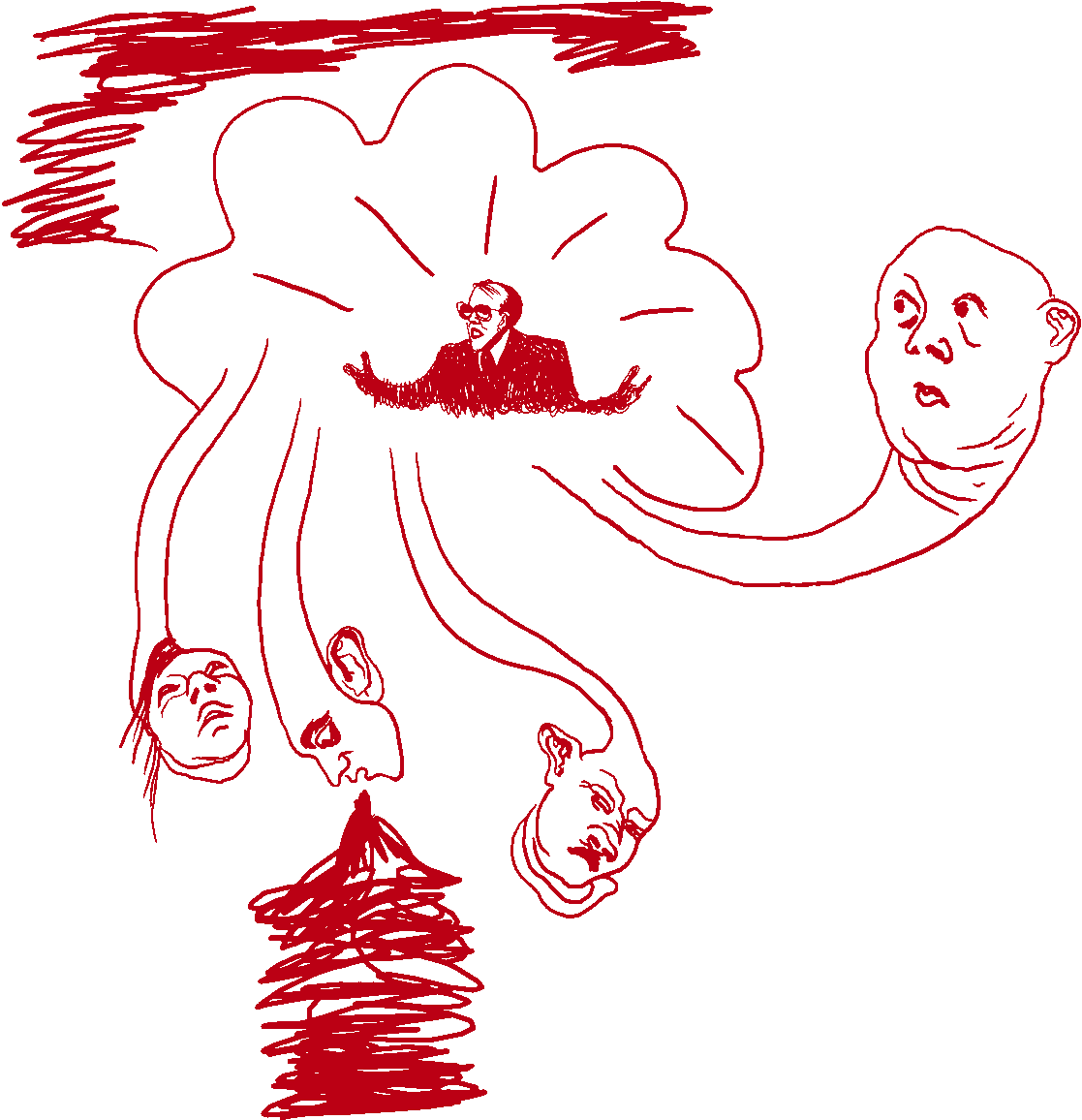Expert Q&A
Can two stents be implanted in the same surgery?
Asked by John E. Gault, Whiting, New Jersey
If, during a cardiac catheterization procedure, the doctor determines that more than one stent is required to open one or more partially closed coronary arteries, can multiple stents be inserted in the same procedure or are multiple procedures required to insert multiple stents? Also, are coated stents more effective and do they last longer at preventing the artery from closing than bare or otherwise untreated stents? There is a lot of confusion out there on these two important points. Thank you!

Conditions Expert
Dr. Otis Brawley
Chief Medical Officer,
American Cancer Society
Expert answer
Dear John:
Thanks for your questions.
Percutaneous coronary intervention (PCI) is commonly used to treat partial and complete blockages of the coronary arteries. When doable, it is the favored treatment versus coronary artery bypass grafting (CABG) as it is less invasive.
In PCI, a catheter is passed usually from the femoral artery in the groin up to the heart and into the small coronary arteries that pass through the heart muscle. X-rays are used to help guide the placement of the catheter. When angioplasty is done, a balloon is placed in the area of the narrowed coronary artery, and it is inflated to widen the narrowed opening. Just a couple of years ago, total occlusions always had to be treated with a bypass.
Today, even a completely blocked coronary artery can sometimes be opened with PCI.
Within one year of an angioplasty, as many as 20 to 30 percent of patients develop partial or complete obstruction at the site of angioplasty that requires a repeat procedure, or CABG. The introduction of bare metal stents (BMS) produced a significant improvement. This is a tube-like metal cylinder. The proportion requiring a second procedure after angioplasty and bare metal stent placement is 10 to 15 percent within the first year.
In recent years, some stents have medications embedded in them designed to further prevent blockage after placement.
These drug-eluting stents yield a marked reduction in early reblockage compared with bare metal stents. However, after one year, drug-eluting stints may have a slightly higher risk of occlusion compared with bare metal stints.
Today, a stent is left behind in perhaps 75 percent of all angioplasties done in the U.S. Most are drug-eluting stents.
In answer to your first question, in some cases doctors can place two or even three stents during one procedure. There are, however, cases in which the cardiologist will want to place one and then place a second or even a third stent in a later procedure.
Factors that go into this decision include the overall condition of the patient. More complex coronary disease and complex anatomy might require several procedures to achieve the best placement of the stents.
Optimal stent placement decreases risk for stent blockage.
Previous question:
Why does my jaw hurt when I exercise?« Back to Conditions
Next question:
What causes new blockages to form so quickly?
More Q&A
 CNN's medical unit brings you the best experts available to answer your questions about current events and health issues that matter most to you.
CNN's medical unit brings you the best experts available to answer your questions about current events and health issues that matter most to you.
Is secondhand smoke really that risky?asked by: Asked by David; Tampa, Florida
Can a nerve stimulator stop my back pain?asked by: Asked by Larry; New York
Is the inability of cancer patients to eat a concern?asked by: Steve Snodgrass; Bowling Green, Kentucky
CNN Comment Policy: CNN encourages you to add a comment to this discussion. You may not post any unlawful, threatening, defamatory, obscene, pornographic or other material that would violate the law. All comments should be relevant to the topic and remain respectful of other authors and commenters. You are solely responsible for your own comments, the consequences of posting those comments, and the consequences of any reliance by you on the comments of others. By submitting your comment, you hereby give CNN the right, but not the obligation, to post, air, edit, exhibit, telecast, cablecast, webcast, re-use, publish, reproduce, use, license, print, distribute or otherwise use your comment(s) and accompanying personal identifying and other information you provide via all forms of media now known or hereafter devised, worldwide, in perpetuity. CNN Privacy Statement.
The information contained on this page does not and is not intended to convey medical advice. CNN is not responsible for any actions or inaction on your part based on the information that is presented here. Please consult a physician or medical professional for personal medical advice or treatment.
 ASK AN EXPERT
ASK AN EXPERT

